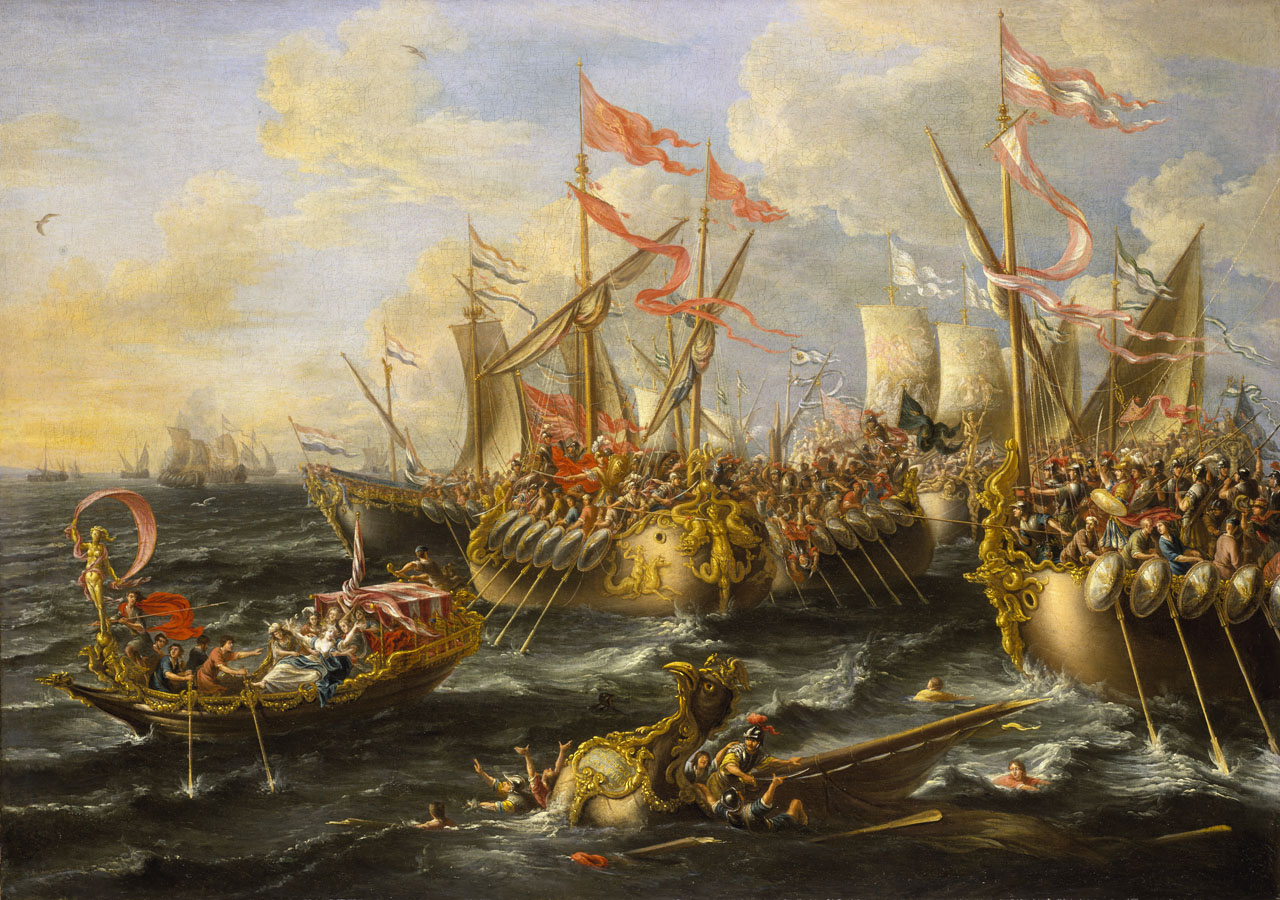
Marine archaeologist has possibly found the location of the naval battle that made Rome the rulers of the Mediterranean in the war that lay the foundation for the Empire to come.
On the 10th of May 241 BCE, about 200 roman ships clashed with 259 Carthaginian warships just of Sicily. The giant naval battle ended in a victory for Rome and was a pivotal moment in the first Punic War that ended the Carthaginian supremacy in the Mediterranean.
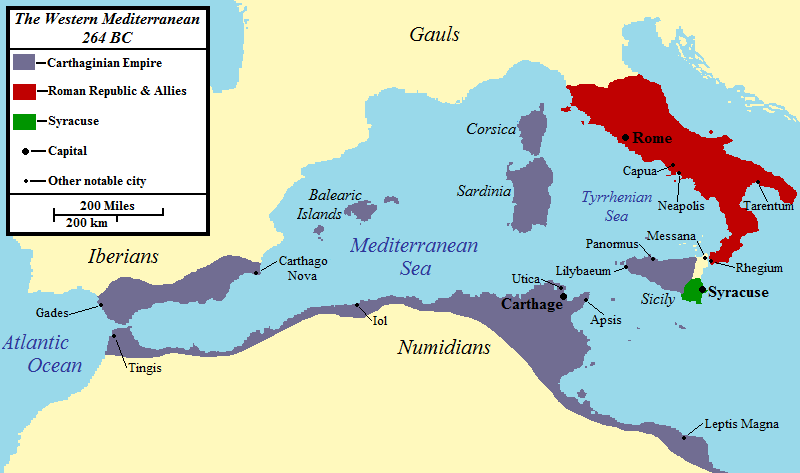
Now, archaeologists from the research institution RPM Nautical Foundation in cooperation with the Sicilian Soprintendenza del Mare has possibly made the discovery of the exact location of this sea battle, the Battle of the Aegates Islands.
Rams to Ram
The archaeologists have found 11 bronze rams that were attached to the bow warships. One of the rams have a lot of damage and was obviously used to ram another ship. John Henderson is an archaeologist at the University of Nottingham in the UK, “It’s exciting because we now have archaeological supplement hypotheses with. Yet so far they have only been based on ancient images and stories,”
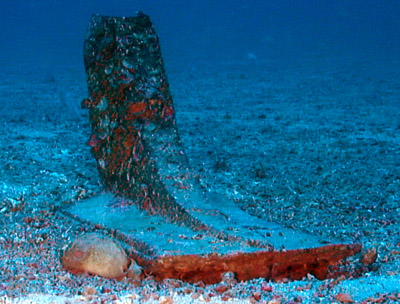
Both Rome and Carthage solidified the bow of their warships with these bronze rams enabling them to ram the enemy ship. But before these rams were found, archaeologists knew only of three other specimens from other ancient ships. And with high hopes of finding more objects on the sea floor, these findings certainly provide new insights into our understanding of ancient naval battles.
The Punic Wars and The Battle of the Aegates Islands
At the beginning of the First Punic War, Rome had very little experience in naval warfare compared to Carthage with a powerful navy and with great experience on the seas thanks to centuries of sea-based trade.
The Battle of the Aegates Islands was the naval battle that turned the tide. Rome had just built a totally new fleet after having its initial fleet destroyed early in the war at the Battle of Drepana (249 BCE) and the following storm.
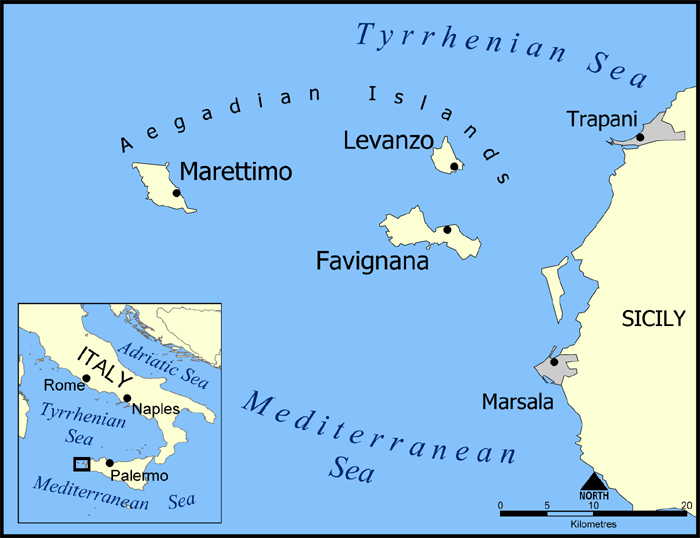
The Battle of the Aegates Islands was instead a catastrophe for Carthage, with about 120 lost ships compared to 30 for Rome. And upon achieving a decisive victory over the Carthaginian fleet, Rome was able to isolate the Carthaginian army in Sicily who were led by Hamilcar Barca (Hannibal’s father). Without resources to build another fleet or to reinforce the army, Carthage was forced to admit defeat. They signed a peace treaty with Rome, bringing the First Punic War to a conclusion.
The term “mare nostrum” (“Our Sea”) was first used by Romans following their conquest of Sicily, Sardinia and Corsica after the first Punic Wars. Later, by 30 BCE, the Roman domination extended from the Iberian Peninsula to Egypt, and mare nostrum could be used in the context of the whole Mediterranean Sea.
References:

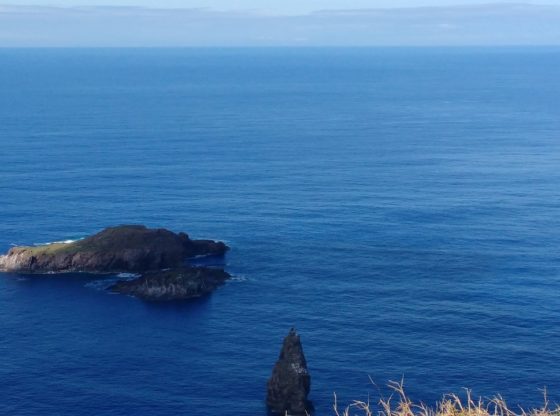
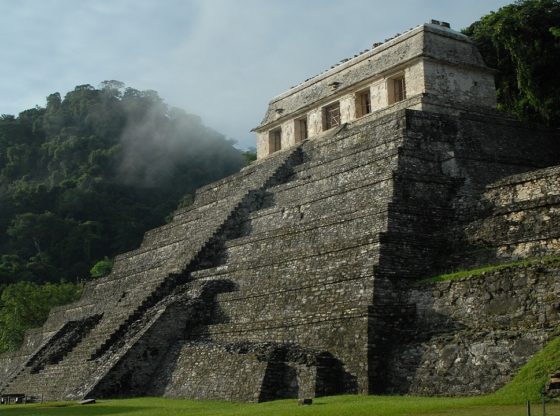
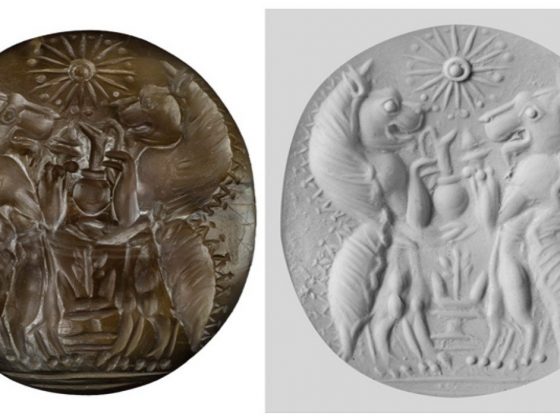
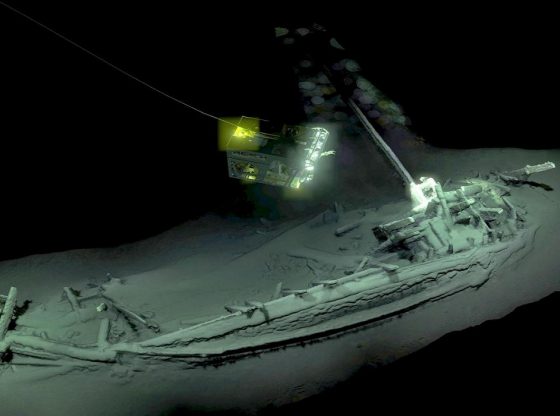

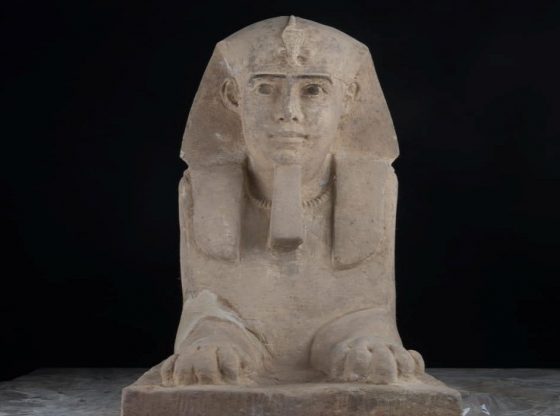


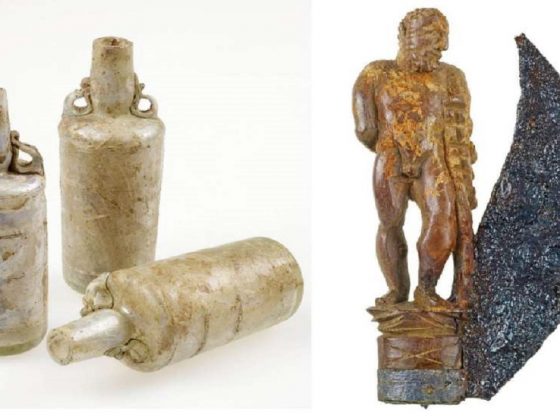

![OpenAI. (2025). ChatGPT [Large language model]. https://chatgpt.com](https://www.illustratedcuriosity.com/files/media/55136/b1b0b614-5b72-486c-901d-ff244549d67a-350x260.webp)
![OpenAI. (2025). ChatGPT [Large language model]. https://chatgpt.com](https://www.illustratedcuriosity.com/files/media/55124/79bc18fa-f616-4951-856f-cc724ad5d497-350x260.webp)
![OpenAI. (2025). ChatGPT [Large language model]. https://chatgpt.com](https://www.illustratedcuriosity.com/files/media/55099/2638a982-b4de-4913-8a1c-1479df352bf3-350x260.webp)








